Gyles Brandreth: ‘Like Prince Philip, William is very hands-on – but there is a restraint about him’
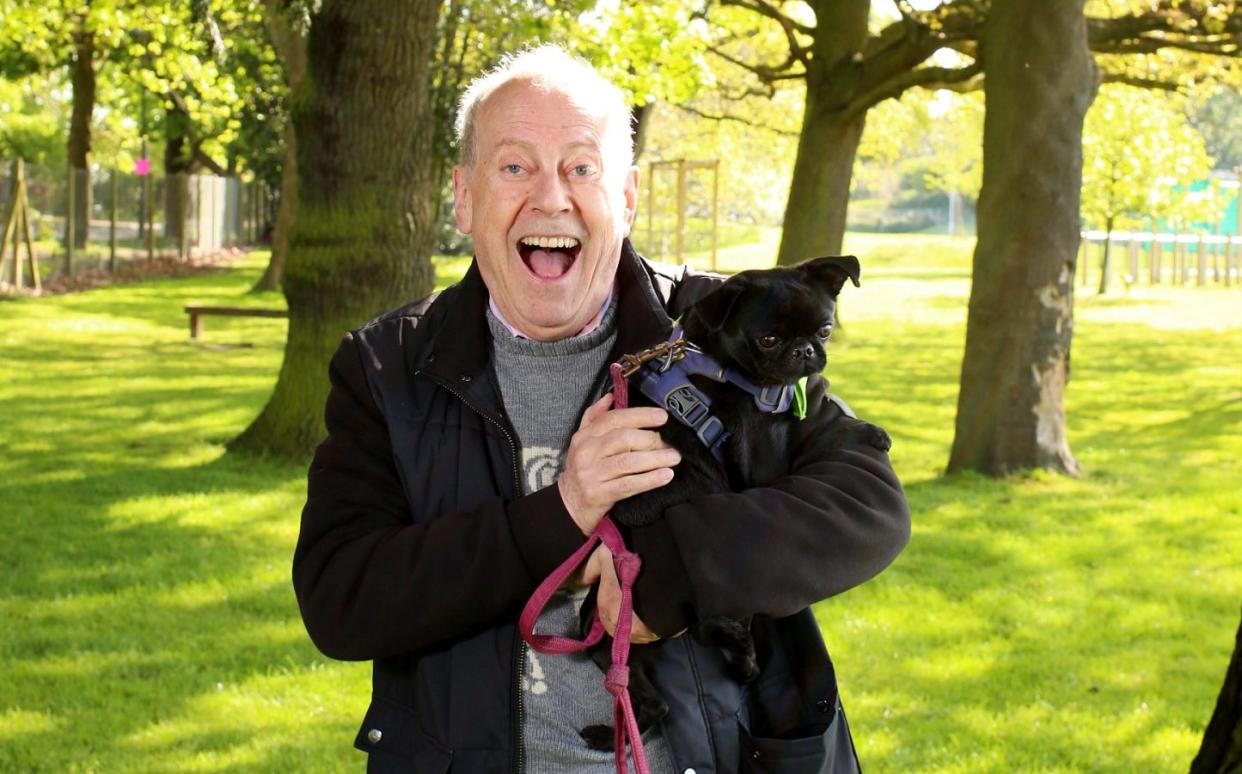
- Oops!Something went wrong.Please try again later.
- Oops!Something went wrong.Please try again later.
For Gyles Brandreth, the tree-lined avenues and wide, green sports pitches of Barn Elms playing fields are much more than the local park. It may be where he walks Mabel the family Chug – a Pug and Chihuahua cross – and all her predecessors (including the wonderfully named Phydeaux the poodle) over the past 35 years in this corner of south-west London. “But beyond that,” he explains as we stride around it together, “I have a particular interest in this green space.”
Sporting one of his trademark knitted jumpers featuring a dog, the 76-year-old author, broadcaster and former MP is keeping up quite a pace. He walks as quickly as he talks on Radio 4’s Just A Minute.
Of course, he begins, ever erudite, there is the history of the place – it is mentioned in Samuel Pepys’s diary, was a sometime haunt of Henry Fielding, and where George Frideric Handel wrote one of his operas. And then the health-giving benefits of having a public park on your doorstep
“I used to take it for granted but during Covid and lockdown, horrific as they were for so many in so many ways, I found joy in coming here for my hour’s walk with Michele (his wife of 50 years). For the first time, I even got into mindfulness, though I know that sounds a bit fey.”
The real reason we are here, however, is that, since the 1970s, Brandreth has been involved with what used to be called the National Playing Fields Association, now Fields in Trust, a charity that champions and supports parks and green spaces nationwide. This coming Wednesday sees the launch of its month-long “Bark for our Parks” campaign.
The aim is to mobilise the nation’s 12 million dog owners who use parks and green spaces to “take a four-legged stand” in the face of the risk of them being lost forever in these cash-strapped times. That was the fate facing Barn Elms 10 years ago when Thames Water tried to buy it from the local council as part of building London’s “super sewer”. Fields in Trust stepped in and saved it.
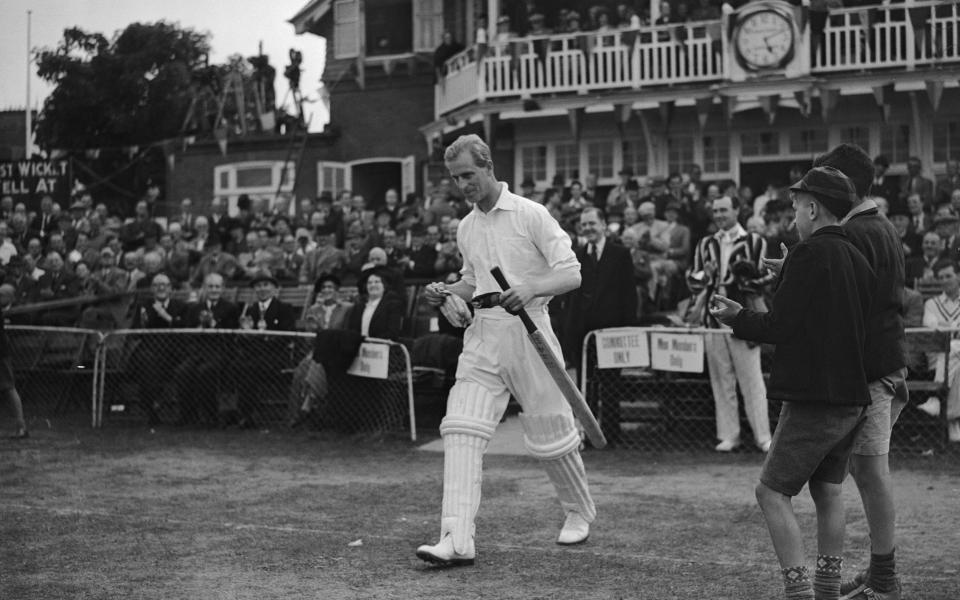
As the campaign’s poster boy, Brandreth wants those signing up to pledge to walk 50 or even 100 kilometres over the course of the month of May around their local green spaces to raise funds for Fields in Trust. “It’s not just Barn Elms we have saved. We protect over 3,000 parks and green spaces across the country.”
While the charity cannot yet provide exact figures on how many are being lost – it is currently building a database that will do just that – its current research paints a worrying picture. There are already 6.1 million people in the country who do not live within easy access – defined as a 10-minute walk – of a green space, while just 6 per cent of parks and recreation grounds nationwide currently have any sort of legal protection to prevent them from being turned into housing developments or supermarkets. As our population rises, Fields in Trust calculates that 4,000 new parks will be needed by 2033 just to maintain our current level of readily accessible green spaces.
“Providing green spaces and parks is not a statutory function for local authorities who own many of them,” explains Helen Griffiths, the charity’s director. As their support from central government has been cut during the past decade, councils have been making savings on their parks’ budgets to the tune of around £350 million every year since 2010.
“Next to providing adult social care, parks are low down on most local authorities’ list of priorities.” And even when they remain open, the cuts have had an undesirable impact. “They are less well cared for, with many at risk of falling into disrepair and disuse and so becoming no-go areas.”
What Fields in Trust does when alerted by community groups or press reports of a specific threat to a green space is to work with the local authority to find a binding legal agreement that the land should only ever be used for recreational purposes.
“When local authorities are open to discussing such an idea, our success rate is very high,” reports Griffiths. “With some we have a rolling agreement to place a certain number of parks under deeds of dedication each year. But we can only protect them if the council wants to, and as budgetary pressures on them grow, more may become reluctant.”
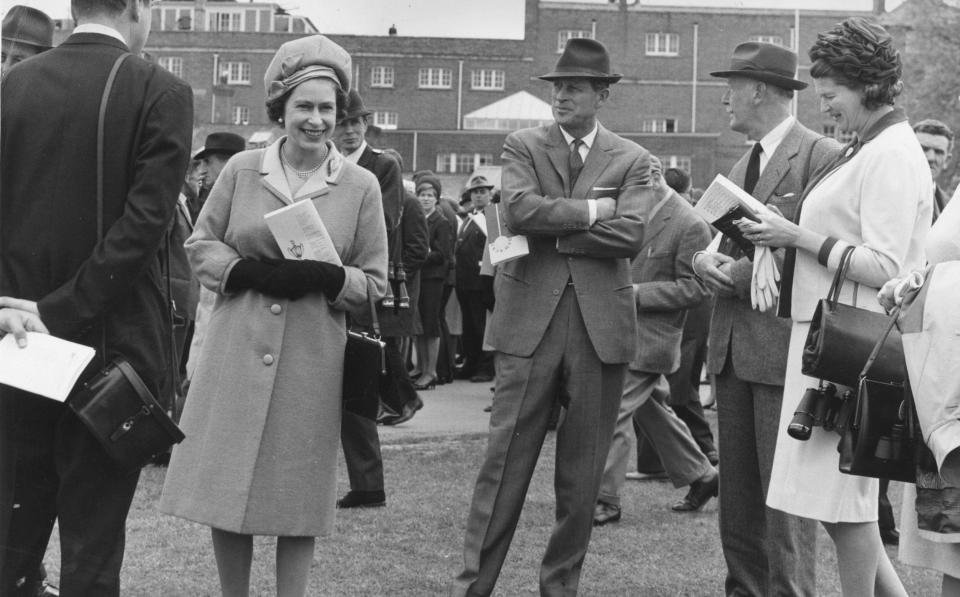
Yet if, to take the case of Barn Elms when a hard-pressed council is being offered millions by Thames Water, how does the charity manage to persuade them to say no and instead tie themselves to an agreement that means they can never sell in the future?
“We show local authorities how it is really short-sighted to think only about money coming in,” explains Griffiths, “when you consider the cost to the public purse of losing all the benefits parks and green spaces bring from health, well-being and environmental perspectives.”
She quotes a study that shows that people who use parks regularly save the NHS £111 million each year because they are unlikely to go to the GP as often as those who don’t. And another which suggests those who use parks frequently generate £34 billion of health and well-being benefits.
Then there is the argument about councils’ responsibility to respond to local residents’ wishes. In the case of Barn Elms, as in other places, Richmond Council was encouraged to recognise the strength of the community response to losing this precious green space, how well used it was (not least by the Brandreth family), and how many sport and recreational facilities on the site would disappear if the sale went ahead.
“Our wider argument is that if we keep nibbling away at these green spaces,” she adds, “especially in an age of climate change, it comes at a great cost to society. If the government really is serious about achieving its promise that everyone should be within 50-minute access to nature, people need to be able to access nature in a space on their doorstep.”
The charity now has ambitions to spread that protection more widely, which is where Brandreth and the Bark for your Parks campaign comes in. As well as being a fundraiser, it also feeds into its wider awareness-raising work. “Many people who use parks and green spaces don’t even realise the threat they are facing,” says Griffiths.
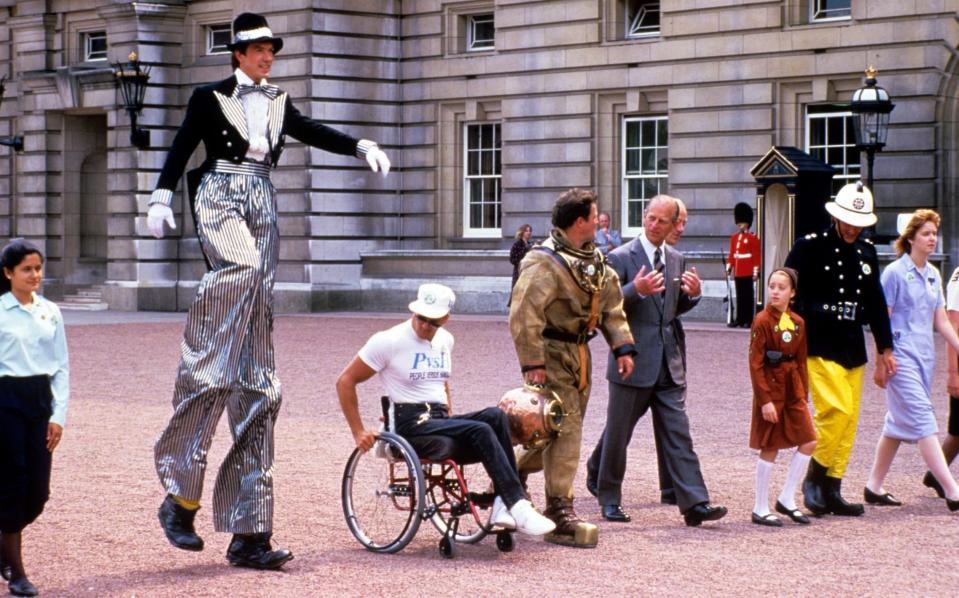
It is a cause, points out Brandreth as a confidante of the Windsors (including his friend Queen Camilla), that has long-standing royal approval. As the National Playing Fields Association, it was founded in 1925 by the then Duke of York, later King George VI.
When Prince Philip married the future Queen Elizabeth in 1948, his first royal appointment was as its new president, one that he took so seriously in his early years that he would spend several days a week in its offices, then in Victoria, directing, hands-on, its operations.
He even featured on its annual calendar, in athletic poses on different recreational fields in its portfolio. “My mother had what you might call a pin-up calendar featuring Prince Philip on the kitchen cabinet,” Brandreth recalls.
Brandreth’s own involvement dates back to the early 1970s. “In my 20s, I was looking to do a bit of volunteering, and someone took me along to a Playing Field Association event. That is where, to my amazement, I first met the Duke of Edinburgh.”
A friendship developed – in 2021 he published a biography of Prince Philip – as Brandreth got involved with the charity’s fund-raising. “He once told me that when the Queen became the Queen, people were always telling him what not to do, how he had to keep out of things, and so he invented a role for himself. “‘The Playing Fields was for me an anchor,’ he used to say.”
The message he was promoting back then remains the same one the charity is campaigning on in its national event next week. “For the late Duke it was long-term protection of environmental space. He liked to quote Mark Twain. ‘The trouble with land is they have stopped making it’.”
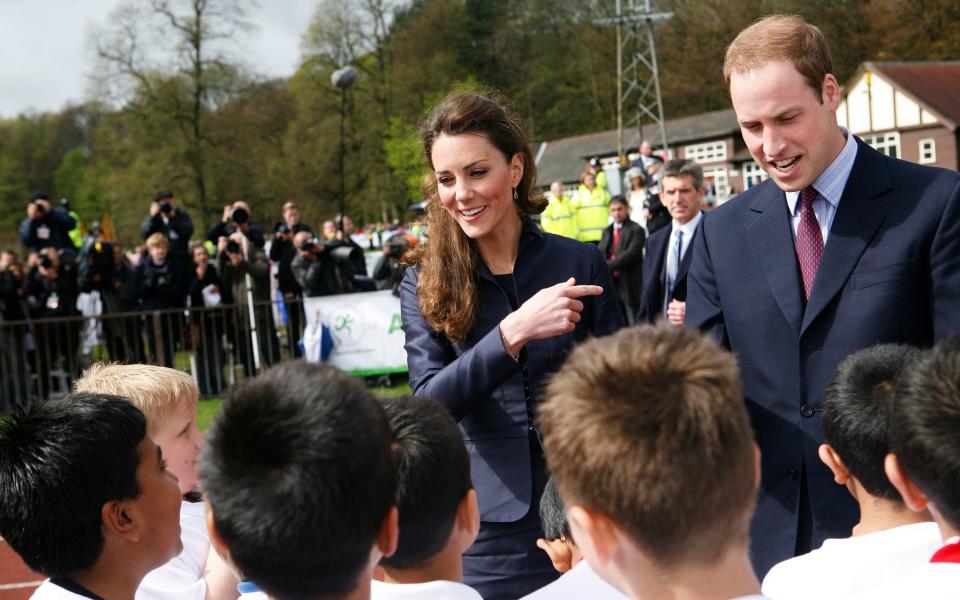
In Prince Philip’s time, the charity also carried out the management of playing fields. “We had a technical team to help improve them. Now we are protecting them for the long term.”
Brandreth is known, among many other things, as a raconteur. As we pace around Barn Elms, he shares his own inimitable style trips he undertook to champion playing fields with Prince Philip, including one to open such a facility on Merseyside.
“I’d sometimes go in a frog jumper, and he would say to me, ‘Not that old joke again’. But it did seem to work with the audiences, and it did that day. I’d go on first and say, ‘Look I can be transformed…’ Then I’d move away and he’d step on to the stage while I said, ‘…from a frog to a prince’.”
Travelling together by car to another of the charity’s openings, they were stopped at some traffic lights. “The boys in the next-door car recognised him and he turned and did this…”
Brandreth sticks out his tongue, holds on to his ears with his hands and waggles his fingers. Passing joggers momentarily look our way. “And they did it back.”
In 2013, the Duke was succeeded as president by his grandson Prince William, now Prince of Wales. Brandreth had a ringside seat to observe at the official handover in Nottingham in 2013.
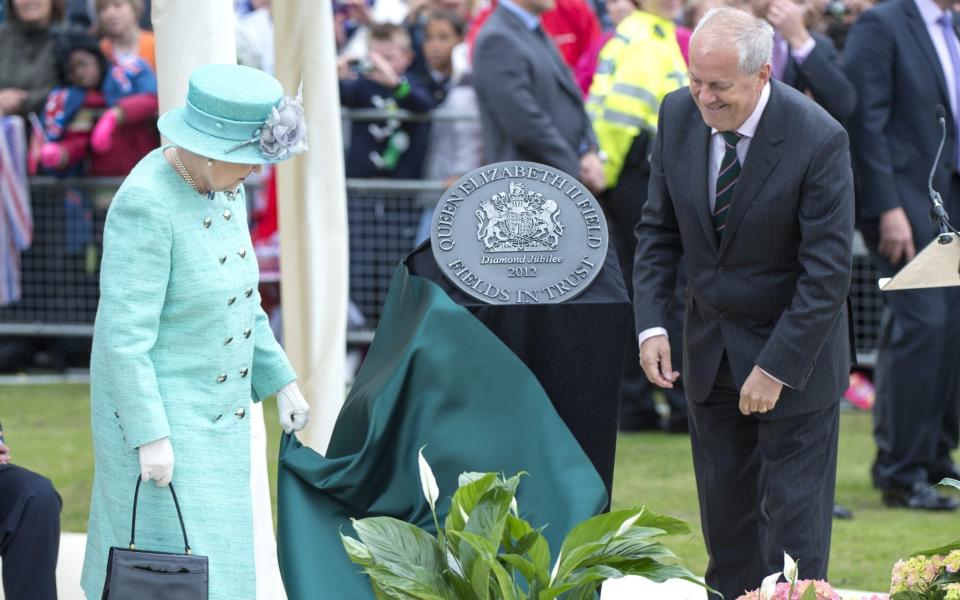
“Prince William combines a mixture of the late Queen [about whom he published an “intimate portrait in 2022”] and the Duke of Edinburgh. He has the calm of the late Queen with the enthusiasm of the Duke of Edinburgh. He could be almost too robust at times but, while Prince William is also very hands-on, there is a restraint about him.”
This will, he believes, serve the charity’s cause well in the many challenges ahead, one of which is the continual pressure for parks to make way for housing developments. For Brandreth, it is a question of getting the balance right.
“Certainly we need more affordable housing,” says this former Conservative junior minister in John Major’s government, “but there is no point in building housing if it hasn’t got recreational space near it. The green space is as important as the building.”
Other countries, he observes, achieve a better equilibrium in such matters. On Fields in Trust’s own Green Space Index, which compares how much easily accessible green space is available per head of the population, England lags behind Scotland and Wales in reaching minimum standards. Only one of the nine regions in England, East Anglia, manages to hit the minimum desirable target, while Greater London misses it by almost half.
Echoing the mental health and environmental concerns of its current president, Fields in Trust has steadily shifted its emphasis from sporting facilities for all to promoting the wider benefits of access to green space. It is not a case of one or the other, Brandreth argues.
“The point of getting out into your local park,” he insists, “is that it works at every level, mind and body.” As he is ably demonstrating as he guides us briskly for the exit, with the equally sprightly Mabel in tow.
Bark for your Park launches on 1 May

